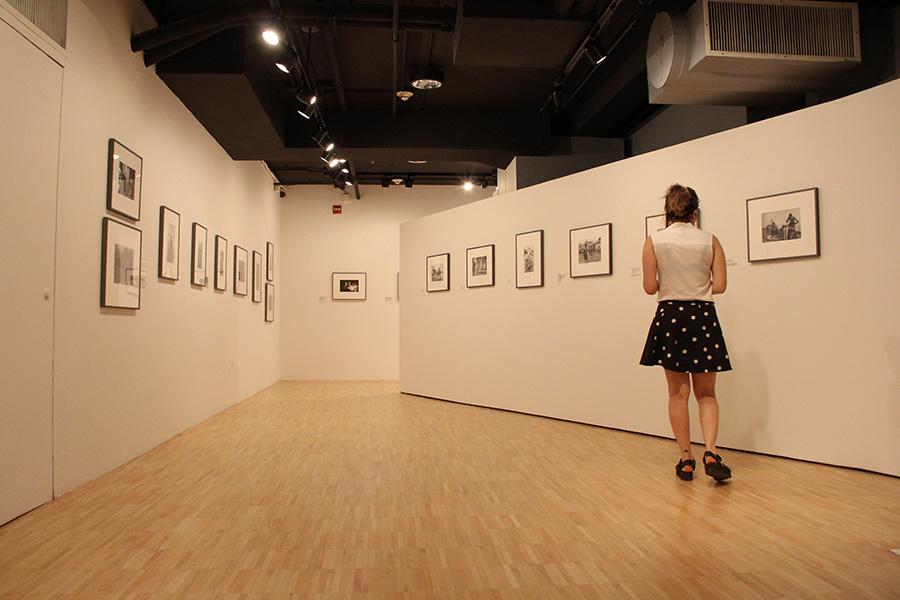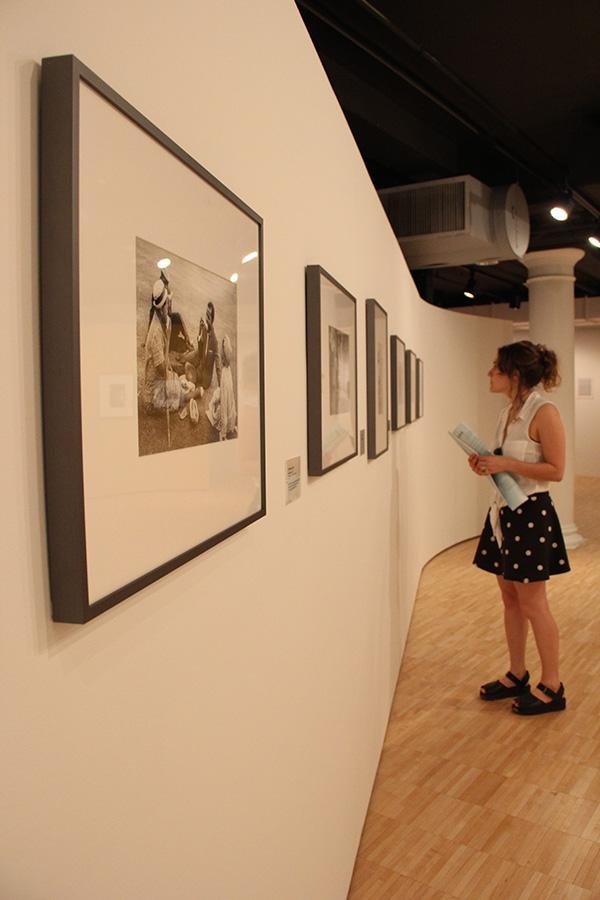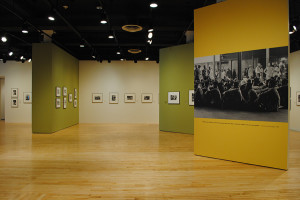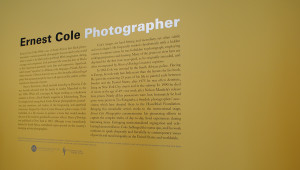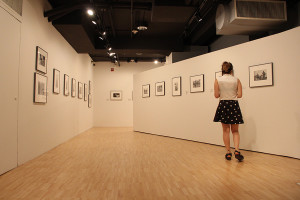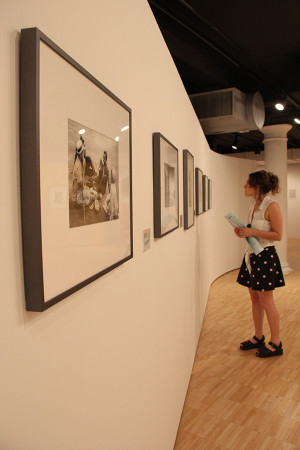Grey Art Gallery opens photo retrospective
September 4, 2014
The Grey Art Gallery premiered the photography of Ernest Cole, the first black freelancer in South Africa, on Sept. . These extremely rare black-and-white gelatin prints capture the oppression of apartheid, which Cole lived through.
Cole’s photo essay has a unique trait for one that targets oppression because each photo is a profound insight into the psychology of the foe, the friend and the innocent. Cole sought out, like many photographers, rarities and nuances — which, to Cole, was not the occasional police beating or house raid, but rather daily interactions in the streets.
This provides a rather scientific approach to apartheid. The experience is considered not only political, but also psychological, providing an interesting dynamic to Cole’s photography.
“There are two distinct faces of [Cole’s essay]: he captures the brutality and the true sorrow of [the African people] in one, but he also shows how they are getting through it, too,” Tisch junior Ahad Mahmood said at the exhibit.
Gunilla Knape, curator of the exhibit and a research consultant at the Hasselblad Foundation, agrees that the inclusion of everyday life under apartheid in Cole’s work sets him apart from other photographers of this subject.
“According to what I have gotten to know, from people I have met, Ernest was not very political,” Knape said. “He was politically interested, but he didn’t really cope with any of the political parties … When he took his pictures, he tried to show what was happening in South Africa. He tried to show how the black people had to deal with life under apartheid.”
Most importantly, Cole wanted the world to know his community’s pain. But in order to be successful in traveling and publishing his work, Cole tricked the Race Classification Board into believing he belonged to a more privileged strata of “colored” people — under apartheid, “colored” Africans had slightly fewer restrictions than “black” Africans — in order to be granted more economic mobility.
With this new classification, Cole was able to send his work to Magnum Photos on West 31st Street. The company was so impressed that they offered Cole a book contract. Soon after, Cole released his first and only photo essay, “House of Bondage,” which is available for viewing in the basement of the exhibition at the Grey Art Gallery. His photo essay was immediately banned from South Africa and ultimately led to his exile.
Cole’s photo essay makes a lasting impression on its audience as his black-and-white prints are one of the few graphic ways to bear witness to the consequences of the South African conflict. The exhibit will run until Dec. 6.
A version of this article appeared in the Thursday, Sept. 4 print edition. Email Donald Pierce at [email protected].





























































































































































